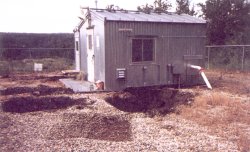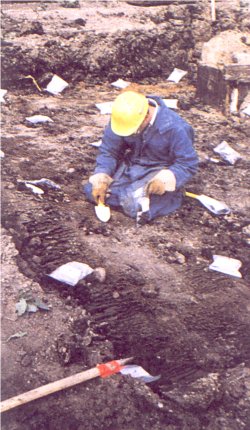Company
Overview
Contact
Us
Direction
Services
Site
Assessments
Environmental
Impact Assessments
EH&S Management Systems
Waste
Management
Facility Audits
Incident Learning and Response
Spatial Information Systems
Mercury
Contamination
Contaminations Investigations
PCB Contamination
Copyright
© 1999
Elements Network Inc. All rights reserved.
|
|
Addressing
contamination
issues on site
|

|

|
|
Mercury is
a global pollutant. Its toxic properties are well understood. Although
in this day and age, there few practical needs for mercury, it was commonly
used in thermometers, switches, paints, dental fillings, and flow
measurement equipment.
For many years, the oil and gas industry used large amounts of mercury
in devices known as manometers. They were used almost exclusively to measure
the flow of gas, until the late 1970ís, when electronic flow devices became
popular.
Years of operation of mercury manometers has left many gas processing,
compression and metering sites with significant mercury contamination
trapped under the walls and floors of buildings and in the soil surrounding
where manometers had been in operation.
Although most companies have replaced their mercury manometers, mercury
may still remain in the ground onsite. Mercury is considered to be a
priority pollutant and in some parts of North America and Europe,
it is regulated to near background levels (e.g. 0.2ppm).
ELEMENTS can provide low cost, high quality services because:
- our professionals
have extensive experience investigating and resolving mercury contamination
issues and our skills are second to none.
- our experience
includes design and implementation of a mercury assessment and remediation
program for one of the largest natural gas
transmission companies.
- we have
developed practical, realistic, reliable and
economical means of identifying and resolving mercury contamination
issues.
- we have
proactively and successfully worked with regulators, industry and renowned
research associations such as the Gas Research Institute.
|



